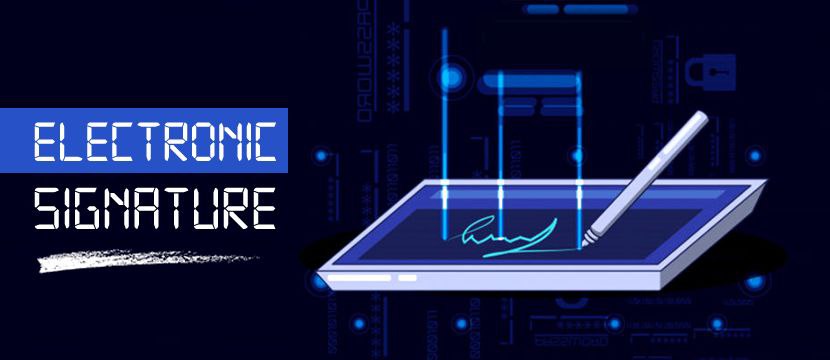What are E-Signatures?
E-signatures are digital signatures that are used to sign electronic documents. They are created using a cryptographic process that ensures the integrity and authenticity of the signed document. E-signatures can be used for a wide range of documents, including contracts, agreements, consent forms, waivers, and more. They are legally recognized in most countries around the world, including the United States, European Union, Canada, and many others.
How does e-signatures work?
Creation of the Document:
The document that requires a signature is created in a digital format, such as a PDF or a Word document. This document can be created using various software applications or online platforms that support e-signature functionality.
Signature Creation:
The person who needs to sign the document uses an e-signature tool to create their electronic signature. This can be done in several ways, such as typing their name, drawing their signature using a stylus or finger on a touchscreen device, or uploading a scanned image of their physical signature.
Signature Authentication:
Once the electronic signature is created, it is attached to the document and encrypted to ensure its integrity and authenticity. Many e-signature tools also include additional security measures, such as time-stamping, to further validate the signature.
Document Distribution:
The document with the e-signature is then distributed to the other parties who need to sign the document. This can be done through email, file sharing services, or other secure electronic methods.
Signature Verification:
When the document is received by the other parties, they can verify the e-signature using the authentication methods provided by the e-signature tool or platform. This may involve checking the encryption, time-stamping, or other security features to ensure that the signature is valid and has not been tampered with.
Acceptance and Agreement:
Once all parties have signed the document using e-signatures and verified the signatures, the document is considered legally binding, and the parties have accepted the terms and conditions outlined in the documentBenefits of E-Signatures:
Convenience:
E-signatures eliminate the need for physical presence, allowing documents to be signed remotely from anywhere, at any time. This saves time and effort, as signers do not need to travel or arrange meetings to sign documents.
Efficiency:
E-signatures streamline the document signing process, reducing delays and speeding up the completion of transactions. Documents can be sent, signed, and returned electronically in a matter of minutes, eliminating the need for lengthy mailing or courier processes.
Cost savings:
E-signatures eliminate the costs associated with printing, scanning, and mailing paper documents. This can result in significant cost savings for businesses, especially for high-volume transactions.
Security:
E-signatures are highly secure, using encryption and authentication methods to ensure the integrity and authenticity of documents. They also provide a digital audit trail, allowing parties to track and verify the signing process.
Legally binding:
E-signatures are legally recognized in most countries around the world, providing the same legal validity as traditional paper-based signatures. They are accepted in courts of law and can be used as evidence in legal disputes.
Environmentally friendly:
E-signatures are eco-friendly as they eliminate the need for paper-based documents, reducing paper waste and the carbon footprint associated with printing and mailing processes.

There are three common types of e-signatures, each with its own level of security and authentication:
Simple or Basic E-Signatures:
Simple or basic e-signatures are the most common type of e-signatures and are typically used for less sensitive or lower-value documents. They are often created using basic electronic methods, such as typing your name, initials, or drawing a signature using a stylus or mouse. Simple e-signatures do not typically require additional authentication measures and may not have the same level of legal validity or security as other types of e-signatures. However, they can still be legally binding in many jurisdictions and are suitable for routine business transactions where security and authentication may not be a high priority.
Advanced E-Signatures:
Advanced e-signatures are more secure and typically require additional authentication measures to verify the identity of the signer. These may include using a digital certificate, biometric data, or a unique PIN or password. Advanced e-signatures provide a higher level of security and integrity, making them suitable for more sensitive documents and transactions where authentication and non-repudiation are important. Advanced e-signatures are legally recognized in many countries and comply with various regulatory requirements for electronic signatures, such as the eIDAS regulation in the European Union.
Qualified E-Signatures:
Qualified e-signatures are the most secure and trusted type of e-signatures and are backed by a qualified certificate issued by a trusted certification authority (CA). Qualified e-signatures comply with the highest level of security and authentication standards and are legally recognized in many countries for high-value or legally sensitive documents, such as contracts, deeds, or official government documents. Qualified e-signatures typically require strong authentication methods, such as biometric data or smart card-based certificates, and provide the highest level of assurance for the signer's identity and the integrity of the signed document.

